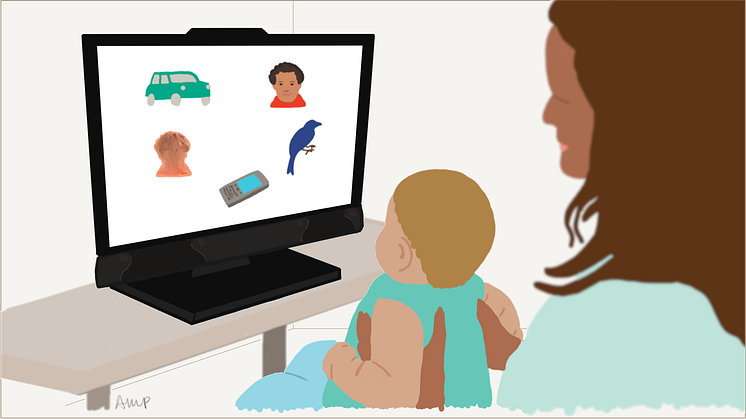
Image -
Testing session
Illustration of the testing session and visual stimuli. An eye tracker underneath the screen recorded where on the screen the infant looked at a moment-to-moment basis while they watched several images containing faces together with several other objects.
Nature Human Behaviour
- License:
- Media Use
The content may be downloaded by journalists, bloggers, columnists, creators of public opinion, etc. It can be used and shared in different media channels to convey, narrate, and comment on your press releases, posts, or information, provided that the content is unmodified. The author or creator shall be attributed to the extent and in the manner required by good practice (this means, for example, that photographers should be attributed).
- By:
- Nature Human Behaviour
- Copyright:
- Nature Human Behaviour
- File format:
- .png
- Size:
- 3529 x 1984, 1.1 MB
